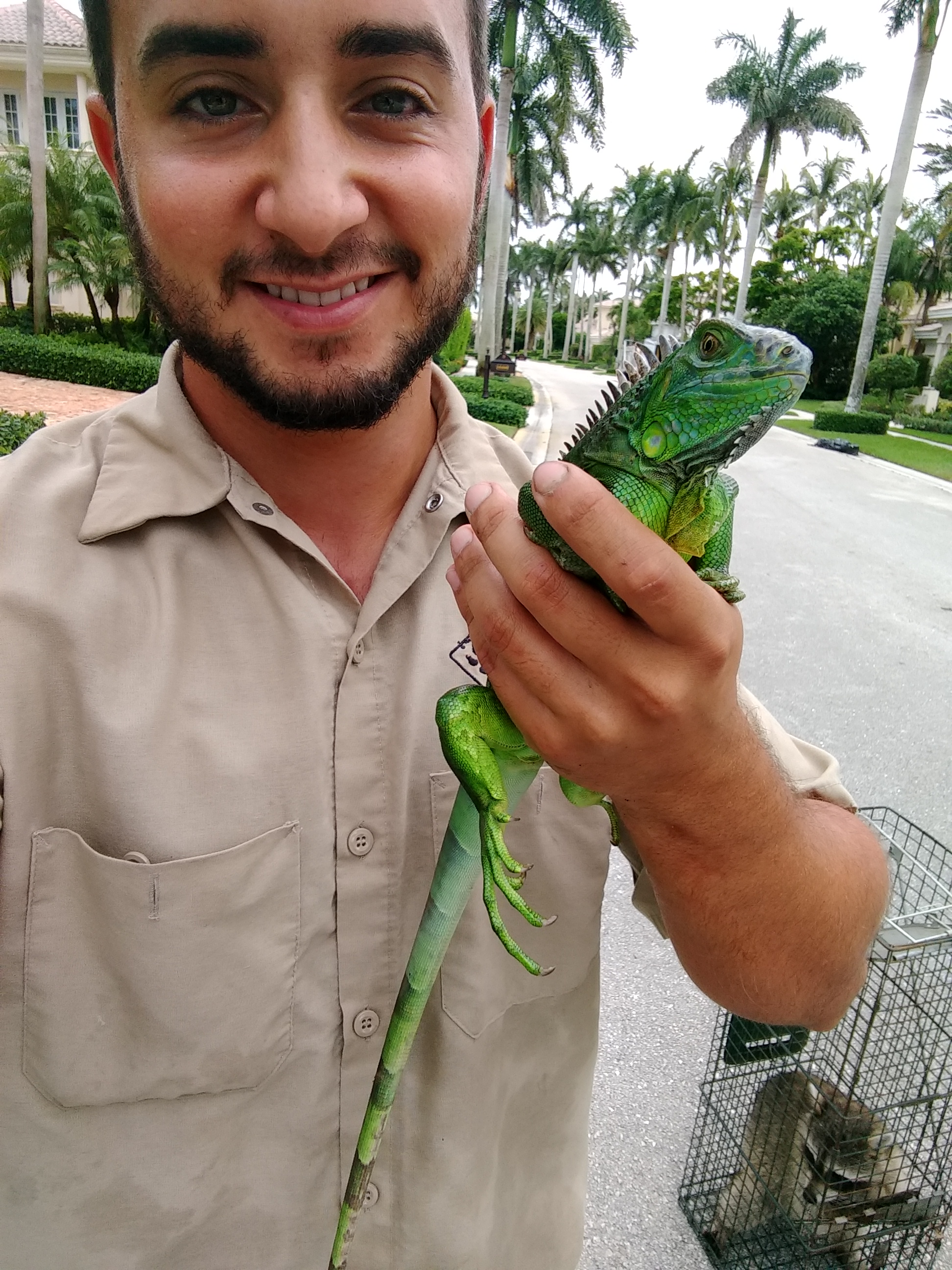
There are more than 300 species of pigeons known to man, and these comprise of the white-headed pigeons, bared-eyed pigeons, wood pigeon, turtle dove, mountain pigeon, Japanese wood pigeon, snow pigeon, metallic pigeon, squatter pigeons, ruddy pigeons, African green pigeon etc.. Pigeons and doves are closely related birds, being the only two members of their family -- Columbidae.
Appearance: Pigeons come in varying length, weight and colors, and it is largely determined by the different species which exist. Their colors range from gray to white, black and tan. A pigeon of pearl dove species may have a length of 15 cm and weigh only 30g, while Victoria Crowned pigeons (largest specie of pigeon) can weigh up to 2.4 kg and be as long as 80 cm. Nonetheless, the average weight and length of pigeons are 370g and 28 cm.
Behavior: Pigeons have extremely sensitive hearing in addition to good eyesight, making them capable of viewing things at far distances better than human beings. They are also able to detect sounds at much lower frequencies than humans can, and may even listen to the approach of remote storms and volcanoes.

Being highly social birds, a flock of pigeons can have between 20 and 30 pigeons that practically feed and live together, for each male in the flock, there's a female.
They are flying birds due to their strong and muscled wings, and are capable of moving on long distance journeys at a rate of approximately 50 to 70 mph.
Pigeons are known to enjoy a fantastic relationship with man as well as, some species have been domesticated. Their great rapport with man is mainly because of their remarkable intelligence and attractiveness. In years past, they've been used as a way of communication because of their capacity to trace their way back home from where they're sent. So much so that they're imputed to have made some crucial contributions during World Wars I and II.
Diet: Adult pigeons are essentially fruit and seed eaters. With their large and powerful gizzard, they have the ability to grind these seeds and fruits and then digest them. On the other hand, squabs (young pigeons) do not have fully developed gizzard, so they feed on pigeon milk, which is a healthy substance secreted in the linings of the feathers of the adults (both male and female). The squabs dig their heads to the adults' feathers for to the pigeon milk. Unlike other birds that consume water, pigeons drink water by sucking on it and every pigeon can take up to 30 ml of water every day.
Few days after mating, the female pigeon lays two glistening white eggs and the eggs become incubated for 14 to 18 days. Both male and female pigeons share the duty of incubating the eggs, together with the man doing the honours during the day while the female takes over at night.

After birth, the young pigeons (squabs) depend on their parents for the first two weeks of their lives for shelter and feeding, then they leave their parent's nests and begin living on their own, sometimes in the same flock. Being monogamous, a few pigeons can have young eight times in one year.
The normal lifespan of wild pigeons is 15 years, while those in urban areas have an average lifespan of about 4 years.
Habitat: Pigeons can be found nearly anywhere in the world, except areas with extreme conditions such as the Sahara desert, Antarctica and the Arctic. They may be arboreal, terrestrial, and semi arid; and they are adapted to living in various habitats ranging from woodlands to mangrove, rainforest, desert, grassland and savannah.
Many species of pigeons are reliant on human beings and as such are found living around people. They build their nests, which are made of small sticks and other debris, in various places like stones, house roof, trees, town buildings, bridges, feed mills, homes, farm yards etc..